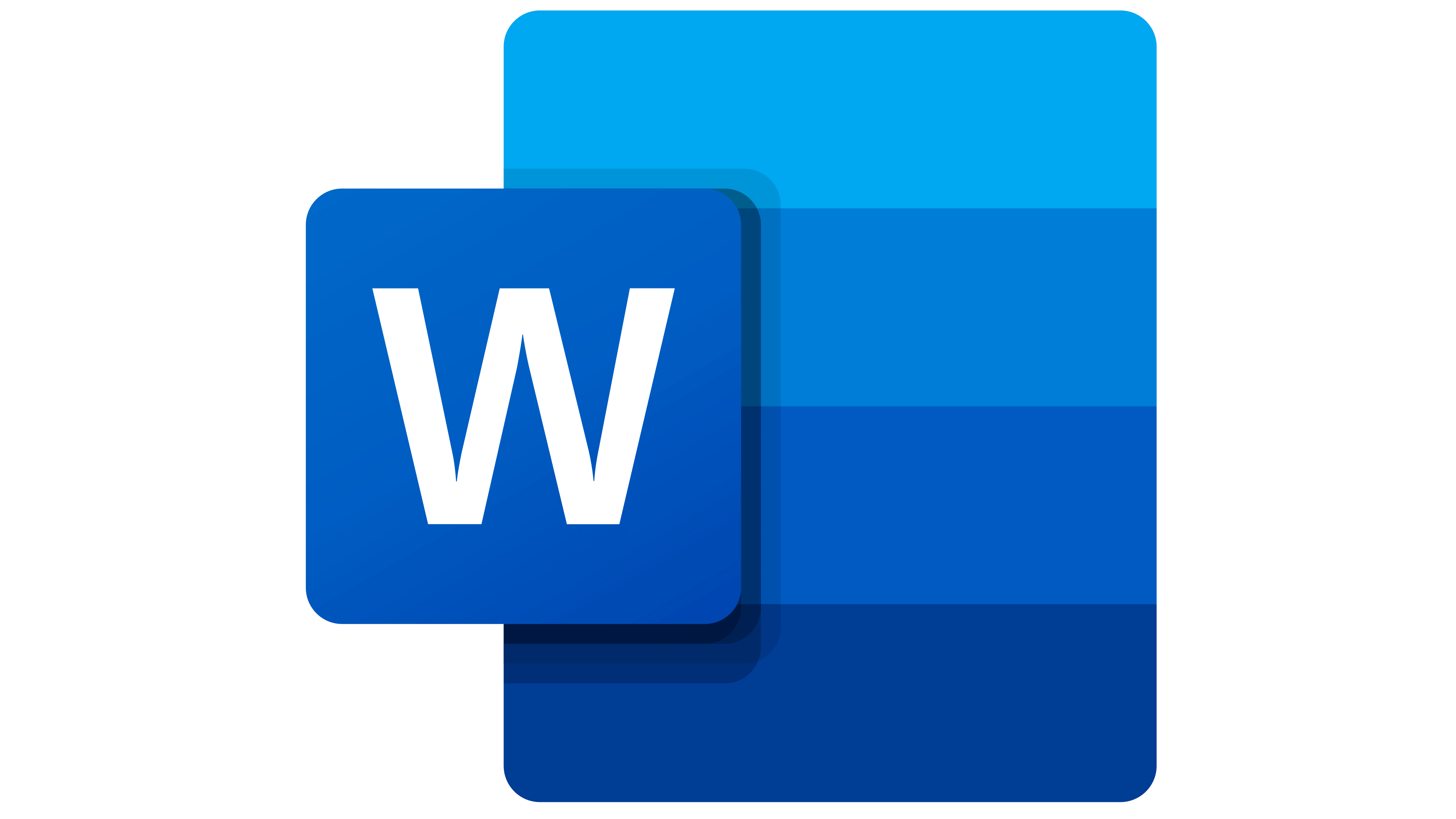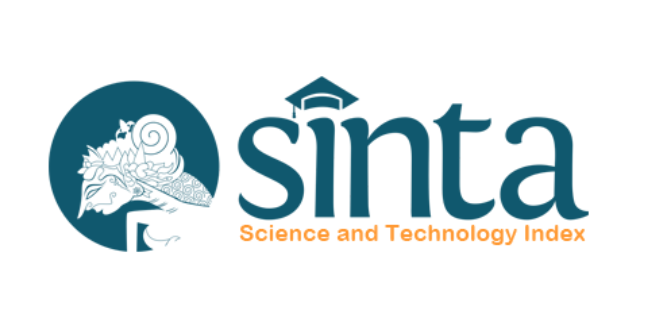MACHINERY Journal Template
Author Guidelines
Submission to this journal proceeds totally online and must be submitted at
https://jurnal.polsri.ac.id/index.php/machinery/user/register
Please read and follow the submission guidelines carefully. Doing so will ensure that the publication of your manuscript is as speedy and efficient as possible. The Publisher reserves the right to return manuscripts that are not prepared according to these instructions as follows:
A. General Requirements
The submission must consist of a cover letter, an original manuscript, and supporting documents. The cover letter is addressed to Editor of MACHINERY: Jurnal Teknologi Terapan mentioning that the manuscript has not been previously published, the highlight of your research significant. Every manuscript sent will pass the review stage (single blind review) from relevant experts in their fields. The manuscript that has been reviewed will be sent back to the author for repairs when requested. Manuscript that have been corrected or have been approved by reviewers will be published in the nearest edition.
The minimum standard requirements of MACHINERY: Jurnal Teknologi Terapan must be:
1. Written in Indonesian and welcoming in English.
2. The length of submitted paper is at least 5 pages and no more than 10 pages. Editors will be evaluated if the papers are needing more pages than 10 pages.
3. Use of a tool such as Zotero, Mendeley, or EndNote for reference management and formatting, and choose Institute of Electrical and Electronics Engineers [IEEE]. Download Reference Guide
4. Make sure that your paper is prepared using the manuscript template. Download here manuscript template
5. Make sure that your ethics statement is prepared using the statement template. Download here
B. Manuscript Structure
STANDARD PAPERS. Manuscripts provided in A4 paper. Click here for downloading manuscript template.
The manuscript must be prepared and suggested present follow the structure:
Title Page
- A concise and informative title.
- A list of author names, affiliation(s), and e-mail addresses.
- The name, complete mailing address (including e-mail address, telephone and fax numbers) of the corresponding author.
Article Title. no more than 15 words
Abstract. The Abstract is written in Indonesian first and English, should be clear, concise, descriptive and provide a brief introduction to the problem. It should generally be followed by a statement of the methodology and a brief summary of the results. The abstract should end with a comment about the importance of the result or a brief conclusion. The abstract is written using a 9pt Arial font, Italic, single space, preferably no maximum to 250 words.
Keywords. A list in alphabetical order not exceeding five words or short phrases, separated with commas (,)
Introduction.
In general, the introduction contains the motivation and importance of research (explaining the problem and focus of research), the development of previous research (state of the art), goals and contributions of research, implications, and systematics of article writing. Preliminary clearly formulates research problems that will be resolved, so that their contribution to science and technology is clear. The writer or researcher starts by reviewing the latest literature and synthesizing the problem. The description of the recognition of previous research is very important to support the author's ideas and arguments. It is recommended not to quote the literature as the first sentence. Write the thoughts or ideas of the author as the topic sentence or the first sentence in the paragraph.
Specifically, the preliminary presentation is described as follows:
- The introduction is written in a flowing paragraph.
- The introduction contains background problems, research motivation, research goals and contributions, literature that is closely related to research, that is, quantitative research provides explanations of theories that underlie hypotheses and the development of hypotheses and qualitative research provides an explanation of the focus of research or studies that are of concern to researchers.
Research Method
In general, research methods describe what researchers have done to answer research questions. In particular, the research method is described as follows: The research method is written in a flowing paragraph. Quantitative research, Research Methodology contains the research design used (method, data type, data source, data collection techniques, data analysis techniques, operational definitions, and variable measurements). Qualitative Research, Research Method contains an explanation of the Research approach used (method, source, and selection of informants, reasons for selecting informants, data collection techniques, etc.).
Results and Discussions
In general, the results and discussion consist of results, which explain the essence of an article that presents data on research results found and arranged in illustrations (tables, pictures, photos, plans, or diagrams). The author can present the results simply and clearly, report the data as if and not raw data. The author must also be able to read the meaning of the data to the reader of the article through straightforward text, not by copying the data in the illustration. Refer to which illustration is relevant to the description, including what negative data is not found, if it affects the interpretation of results.
After describing the results, the paragraph continues with a discussion that contains an explanation of what the results mean and their implications for future studies, not repeating what has been described in the literature review or results. The author can link the results to the questions asked in the introduction. If there is more than 1 research objective, sort chronologically in the discussion. The author must interpret the information gathered during the study, linking the facts observed during the research with previous theories or studies. The statement agrees or even has a different opinion from the previously published work. In addition, the theoretical and practical implications of the findings of the researchers are discussed based on the results of the study. The discussion of the study concludes with overall conclusions on the results and discussion as well as the limitations of the researcher during conducting the research.
Specifically, the results and discussion are described as follows:
- The results and discussion are written in paragraph form.
- The results and discussion contain the results of empirical research or theoretical studies written systematically, critically, and informative analysis.
- The use of tables and images is only a supporter that clarifies the discussion and is limited to those who are truly substantial, for example, tables of statistical test results, drawings from model testing, etc.
- Discussion of the results is argumentative concerning the relevance between results, theories, previous research and empirical facts found, and shows the novelty of the findings.
- Discussion of the results also describes the implications of the existing results and the limitations of the study.
Conclusion
In general, the conclusions contain a collection and summary of the most important results and their implications. Status issues must be briefly reviewed before new findings are presented. The author concludes by involving a number of extrapolations, including suggestions for future research. The conclusion is a summary of the results of the study and emphasizes important findings. The author can align with the statement of research objectives. Generalizations are made carefully while paying attention to the limitations of the findings. The implications of the findings can be written and suggestions must relate to the implementation or results of research, meaning that they are not made up and must be justified.
In particular, the conclusions contain the following description:
- Conclusions are written in flowing paragraphs (no sub-sections)
- Conclusions contain conclusions with widespread appropriation from the discussion of the results of the study written briefly and clearly, showing clarity in the contribution of findings, the emergence of new theories, and the possibility of developing research that can be done in the future.
- Conclusions contain the theoretical and practical implications written in flowing paragraphs.
References
Writing and compiling references must be standard and consistent by using standard citation applications (reference managers) such as Mendeley. All references must include DOI (Digital Object Identifier) at the end of th references. If there is no DOI for any reference, author may provide. It’s URL/direct accessible web link for verification purpose. References without DOI or internet link are not acceptable.
The reference requirements are described as follows:
- Reference The reference composition has the latest material that has been referred to in the last 10 years.
- The material updates in the references referenced in the article have a proportion of more than 80% originating from primary sources of accredited national research articles and international research.
- The higher the primary library that is referred to, the more qualified the article was written with the record of the frequency the writer refers to himself (self-citation) can reduce the assessment.
- The only written references are those referred to in the article and arranged alphabetically.
- Reference writing refers to the standard 1 space
- All listed in the reference must be referred to in the text
- Reference update is preferred
- References Expect a minimum of 15 references primarily with minimum 80% to journal papers.
Acknowledgements. If authors refer to themselves as recipients of assistance or funding. Do not acknowledge Editors by name.
Citation
How to reference and quote using a standard and consistent system and use standard citation applications, such as Mendeley.
Supporting Instruments
Supporting instruments are developed in an informative and complementary manner.
Writing Formulas
Mathematical formulas are clearly written with Microsoft Equation or other similar applications.
The source and year of the formula are written in full.
Writing Tables
Writing Tables are equipped with table numbers with Arabic numbers (1, 2, 3, etc. not I, ii, iii, etc.). without the right or left border.
The table must have a title at the top of the table.
Table title is written at the top of the table with a center justified
If the table is quoted from another source (not the author's idea), it must include the source and year of the data in full.
Figures
Writing images is completed with image numbers with Arabic numbers (1, 2, 3, etc., not I, ii, iii, etc.).
The image must have a title at the bottom of the image.
The title of the image is written at the bottom of the image with a center justified.
If the image is quoted from another source (not the author's idea), it must include the source and year of the data in full.
C. Single Blind Review
Manuscript Submission
Manuscript submission in this journal proceeds totally online and the author will be guided stepwise by the journal system through uploading the manuscript file. The manuscript submitted should be in Word document format that can be edited for the single-blind peer-review purpose.
Reviewing of manuscripts
Every submitted paper is independently reviewed by at least two peer-reviewers. Decision for publication, amendment, or rejection is based upon their reports/recommendation. If two or more reviewers consider a manuscript unsuitable for publication in this journal, a statement explaining the basis for the decision will be sent to the authors within three months of the submission date.
Revision of manuscripts
Manuscripts sent back to the authors for revision should be returned to the editor without delay. Revised manuscripts can be sent to editorial office through the Online Submission Interface. The revised manuscripts returned later than three months will be considered as new submissions.
After acceptance
Corresponding authors will receive an e-mail jurnal.machinery@polsri.ac.id with a link to our online proofing system, allowing annotation and correction of proofs online. The environment is similar to MS Word: in addition to editing text, you can also comment on figures/tables and answer questions from the Copy Editor, Layout Editor and Proofreader. It is important to ensure that all corrections are sent back to us in one communication. Please check carefully before replying, as inclusion of any subsequent corrections cannot be guaranteed.
If you have a problem in online submission of manuscript, please send your manuscript to corresponding email: jurnal.machinery@polsri.ac.id







